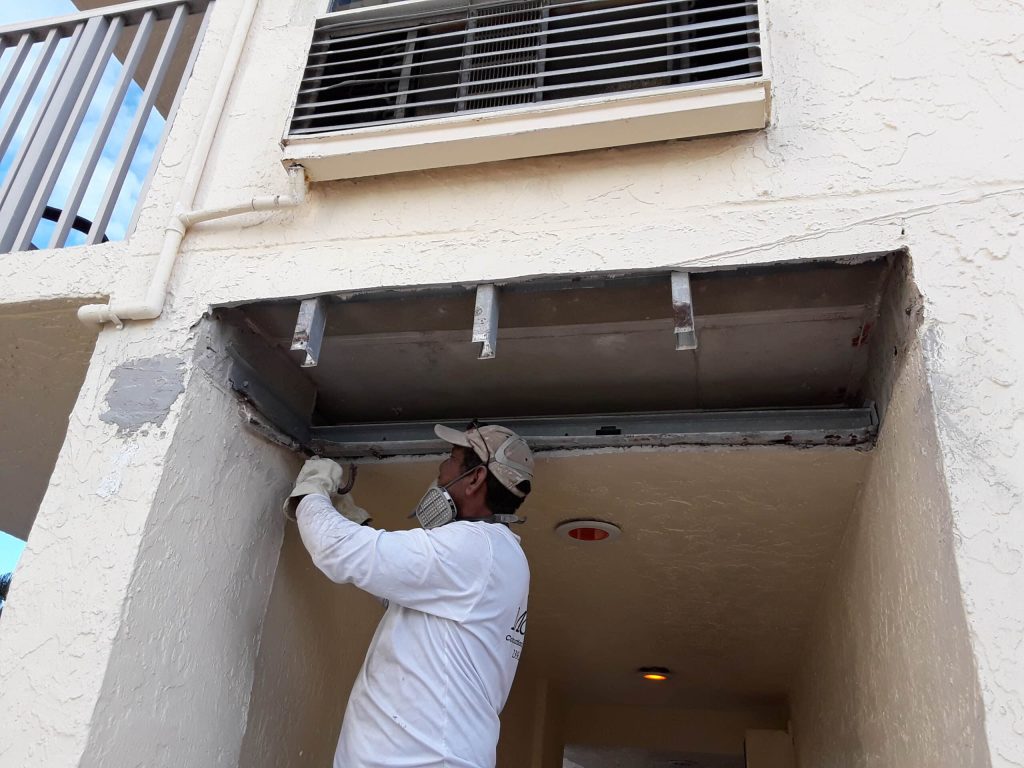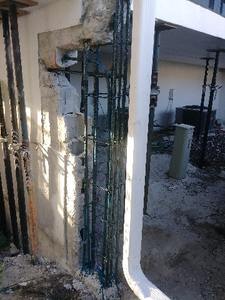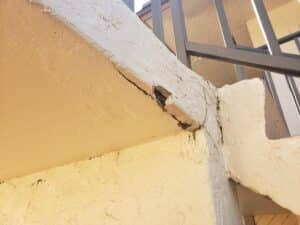Waterproofs and sealants are essential in the construction and maintenance of buildings. They play a vital role in protecting structures from elements like water, wind, and temperature changes. Using waterproofs and sealants correctly can greatly enhance a building’s performance and lifespan.
Buildings without proper waterproofing can suffer from many problems like leaks, mold growth, and structural damage. Waterproofing materials create a barrier that stops water from penetrating walls, roofs, and foundations. Sealants fill gaps and cracks where water and air can seep in, providing added protection and stability.
Besides protecting against water intrusion, waterproofs and sealants can also improve energy efficiency. By sealing gaps and cracks, they help maintain a building’s indoor temperature, reducing the workload on heating and cooling systems. This not only makes the building more comfortable but can also lead to significant cost savings over time.
In this article, we’ll explore the top benefits of using waterproofs and sealants for buildings, highlighting how they enhance durability, protect against damage, improve energy efficiency, and save money. Let’s dive into the details and understand why these materials are so important for modern construction and maintenance.
Enhancing Durability and Longevity of Buildings
Waterproofs and sealants play a crucial role in enhancing the durability and longevity of buildings. These materials create protective barriers that keep out moisture, dust, and pollutants, which can degrade building materials over time. By sealing cracks, gaps, and joints, we can prevent these elements from causing damage and deterioration.
Concrete surfaces, for instance, can benefit greatly from the application of waterproofs and sealants. These substances protect the concrete from water penetration, which can lead to cracks and structural issues. With proper waterproofing, concrete remains strong and intact for many years, reducing the need for frequent repairs.
Stucco, another common building material, also relies on effective sealing to maintain its appearance and strength. Sealants prevent water from seeping into the stucco, which can cause bubbling, peeling, and mold growth. By using quality sealants, we can ensure the stucco remains smooth and attractive, thereby extending the life of the building’s exterior.
Overall, by investing in waterproofs and sealants, we enhance the resilience of buildings. These materials act as a first line of defense against environmental wear and tear, making structures last longer and perform better under various conditions.
Protecting Against Water Damage and Mold Growth
Water damage and mold growth are significant concerns for any building. Waterproofs and sealants are essential in protecting structures from these issues. Water can enter buildings through roofs, walls, foundations, and windows, leading to serious damage over time. Applying waterproofing materials helps block this water entry completely.
Sealants are especially useful around windows and doors, where gaps can allow water to seep in. By sealing these gaps, we prevent water from entering and causing rot, rust, or mold growth. This is particularly important in areas with heavy rainfall or high humidity, where buildings are more vulnerable to water intrusion.
Mold growth is a major health hazard that can result from water damage. Mold spores thrive in damp environments, and once they start growing, they can spread quickly, affecting indoor air quality and posing risks to occupants’ health. Waterproofs and sealants keep out the moisture that mold needs to grow, thereby helping to maintain a healthy indoor environment.
Using waterproof membranes on roofs and foundations also protects these critical areas from water ingress. When water seeps into a roof or foundation, it can compromise the building’s structural integrity. Waterproofing these areas helps preserve the stability and safety of the entire structure, ensuring it remains sound and secure.
By using waterproofs and sealants effectively, we can significantly reduce the risk of water damage and mold growth, keeping buildings safe, dry, and healthy for occupants.
Improving Energy Efficiency
Waterproofs and sealants contribute significantly to a building’s energy efficiency. By sealing gaps and cracks, these materials prevent air leaks, ensuring that the indoor temperature remains stable. This means that during the summer, cool air from air conditioning units stays inside, while in the winter, warm air from heaters is retained.
One immediate benefit of improved energy efficiency is reduced energy consumption. When a building is well-sealed, its heating and cooling systems don’t have to work as hard to maintain a comfortable temperature. This leads to lower energy bills, saving money for the building’s occupants or owners.
Using energy-efficient sealants around windows and doors also minimizes drafts, which can make indoor environments uncomfortable. By tackling these problem areas, we can create a more consistent indoor climate, making living and working spaces more pleasant.
In high rise buildings, where heating and cooling needs can be substantial, the use of waterproofs and sealants becomes even more critical. Proper sealing in these tall structures can lead to significant energy savings and increased comfort for all residents or occupants. By focusing on energy efficiency, we not only save money but also contribute to a greener environment by reducing our energy footprint.
Cost-Saving Benefits of Waterproofs and Sealants
Investing in waterproofs and sealants can lead to significant cost savings over time. While the initial application may require an upfront expense, the long-term benefits far outweigh these costs. One of the primary ways these materials save money is by preventing expensive repairs.
By stopping water penetration and preventing damage, we can avoid costly fixes to structural components, such as foundations, walls, and roofs. Unchecked water damage can lead to extensive repairs or even complete overhauls of affected areas, which can be economically draining.
Waterproofs and sealants also protect against mold-related issues, which can be very costly to remediate. Mold remediation not only involves removing the mold but also addressing the underlying moisture problem, replacing damaged materials, and ensuring the area is safe for occupancy. By preventing mold growth, we can save money on these extensive remediation processes.
Moreover, the energy efficiency improvements gained from using waterproofs and sealants lead to lower utility bills. These savings add up over time, making the investment in these materials a financially sound decision. Business owners and property managers often see a quick return on investment through reduced operational costs.
In summary, the use of waterproofs and sealants provides substantial cost-saving benefits by preventing damage, lowering energy bills, and avoiding expensive repairs and mold remediation.
Conclusion
Waterproofs and sealants are essential materials for maintaining the integrity, efficiency, and longevity of buildings. They protect against water damage and mold growth, enhance energy efficiency, and offer significant cost-saving benefits. By effectively sealing cracks, gaps, and joints, we ensure that buildings remain durable and require less frequent repairs.
Incorporating these materials into building maintenance practices is not just a smart financial decision but also an environmentally responsible one. Waterproofs and sealants help reduce energy consumption, contributing to a greener and more sustainable future. The benefits, from preventing costly damage to improving indoor comfort, highlight the importance of using quality waterproofing and sealing solutions.
To ensure your building reaps all the benefits of waterproofs and sealants, rely on the expertise of McLeod’s Contracting Solutions. Our experienced team specializes in applying these materials to extend the life and efficiency of your property. Contact McLeod’s Contracting Solutions’ waterproofing contractor today to protect and enhance your building.







